The Guide to Disney Dining Plans
Disney Dining Plans return in 2025, and Disney hotel guests with certain tickets may be eligible to get one for free.
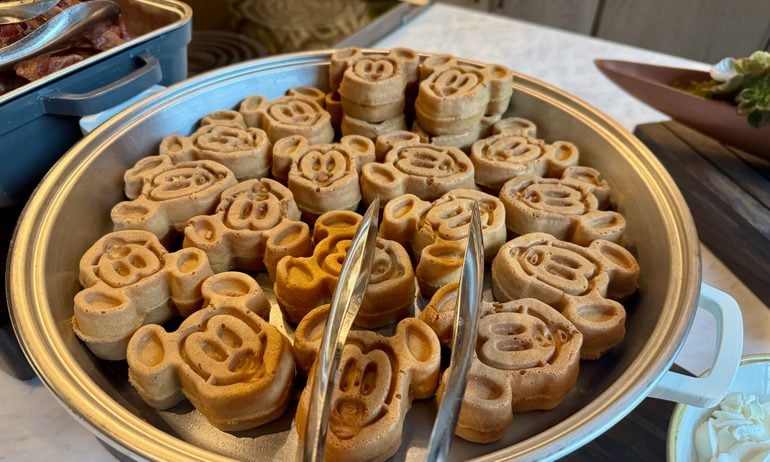
Many or all of the products on this page are from partners who compensate us when you click to or take an action on their website, but this does not influence our evaluations or ratings. Our opinions are our own.
Budgeting for a Walt Disney World trip includes not just airfare, park tickets and hotel stays, but also meals at restaurants and snacks along the way. One way travelers are taming the headache around food costs: Disney Dining Plans.
The Disney Dining Plan is a prepaid meal package offered at Walt Disney World in Florida. With it, you receive a set number of meal and snack credits that you can redeem at participating restaurants throughout the parks and resorts.
The biggest benefit of the Disney Dining Plan is that it can simplify your trip by allowing you to budget for it ahead of time and not have to whip out your wallet at every restaurant.
Some pros have even "hacked" the Disney Dining Plan to save money by using their credits at the most expensive dining locations and ordering higher-priced menu items to maximize value. And in 2025, not only are Disney Dining Plans returning, but you might even be able to get one for free. Here's how to figure out if a dining plan is right for you, and how to get the most value out of it.
How to get the Disney Dining Plan for free in 2025
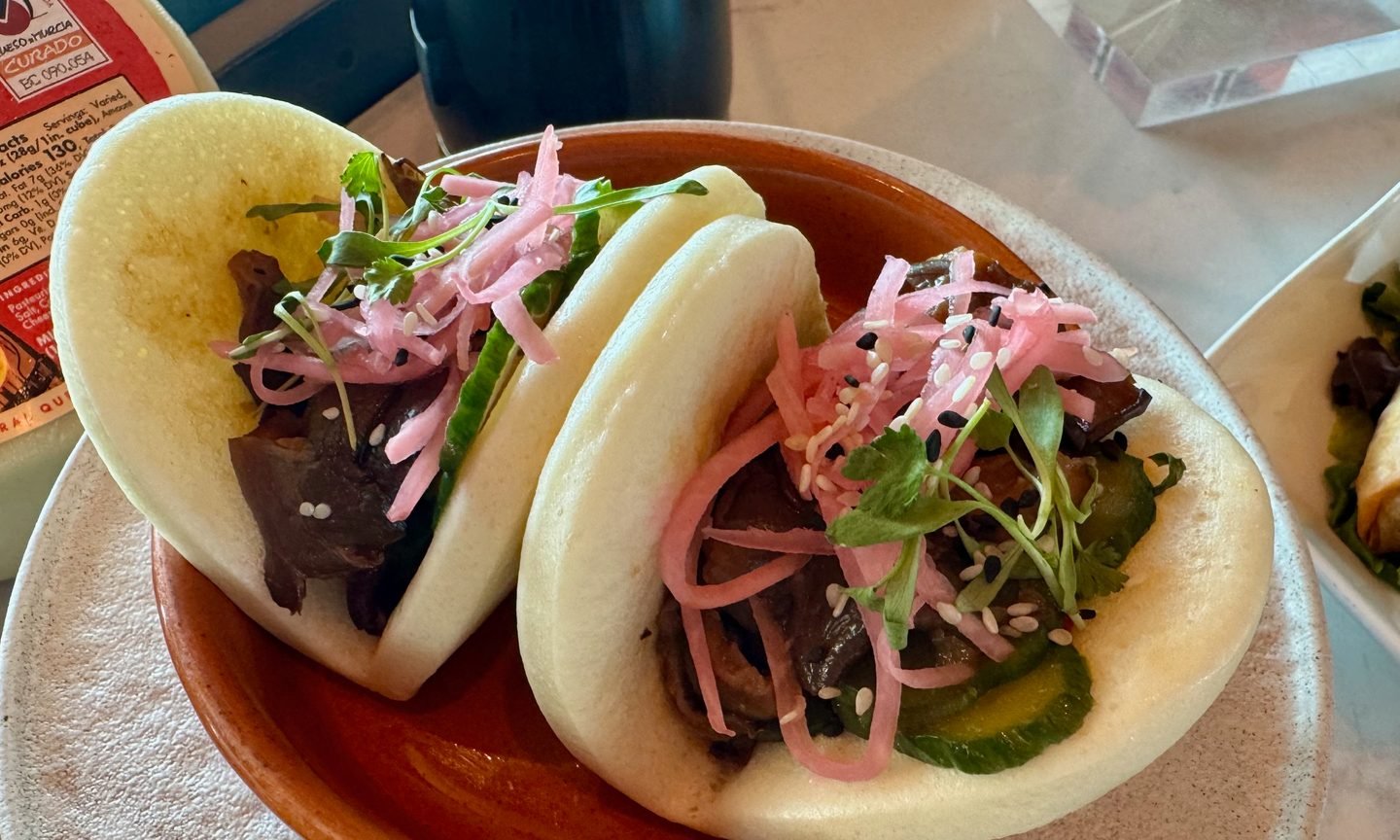
Korean barbecue mushroom bao buns from Tiffin's in Disney's Animal Kingdom. (Photo by Sally French)
Disney is offering a free dining plan on select trips to Walt Disney World in 2025.
If you book a non-discounted 4-night, 4-day (or longer) package that includes a stay at a select Disney Resort hotel and tickets with the Park Hopper add-on, you’ll get a complimentary Disney Dining Plan. It's valid for arrivals on select dates from June 29 through Dec. 22, 2025.
Those eligible nights are:
June 29 to Sept. 30, 2025.
Oct. 20 to Nov. 1, 2025.
Dec. 6 to Dec. 22, 2025.
Stays at Disney Deluxe and Deluxe Villa Resort Hotels receive the standard Disney Dining Plan. Stays at Disney Moderate and Value Resort Hotels (these are the cheaper Disney hotels) receive the Quick-Service Dining Plan (more on the difference between those two plans later).
There are a few exclusions, such as certain campsites, bungalows and villas are not eligible. And, if you've got more than two adults in the room, additional charges will apply.
But on the whole — for Disney fans who prioritize eating at Disney World restaurants (and can plan advance reservations at the priciest ones to maximize the Disney Dining Plan's value) — this can be one of the best Disney ticket deals out there.
If your travel dates are flexible, aim for September (which is the cheapest month to visit Walt Disney World) or early December. Both of those times offer the perfect combination of lower prices, smaller crowds and cooler temperatures.
How to get the Disney Dining Plan for free in 2026
The Disney Dining Plan offer for 2026 is largely better for families with kids, compared to the 2025 offer.
For 2026, kids ages 3 to 9 will eat free when you purchase a Disney Dining Plan for the rest of your party and stay at one of more than 25 Disney Resort hotels. Unlike previous offers (including the 2025 version), the 2026 Disney Dinning Plan deal is combinable with other discounts, making it much more flexible and valuable.
What is the Disney Dining Plan?
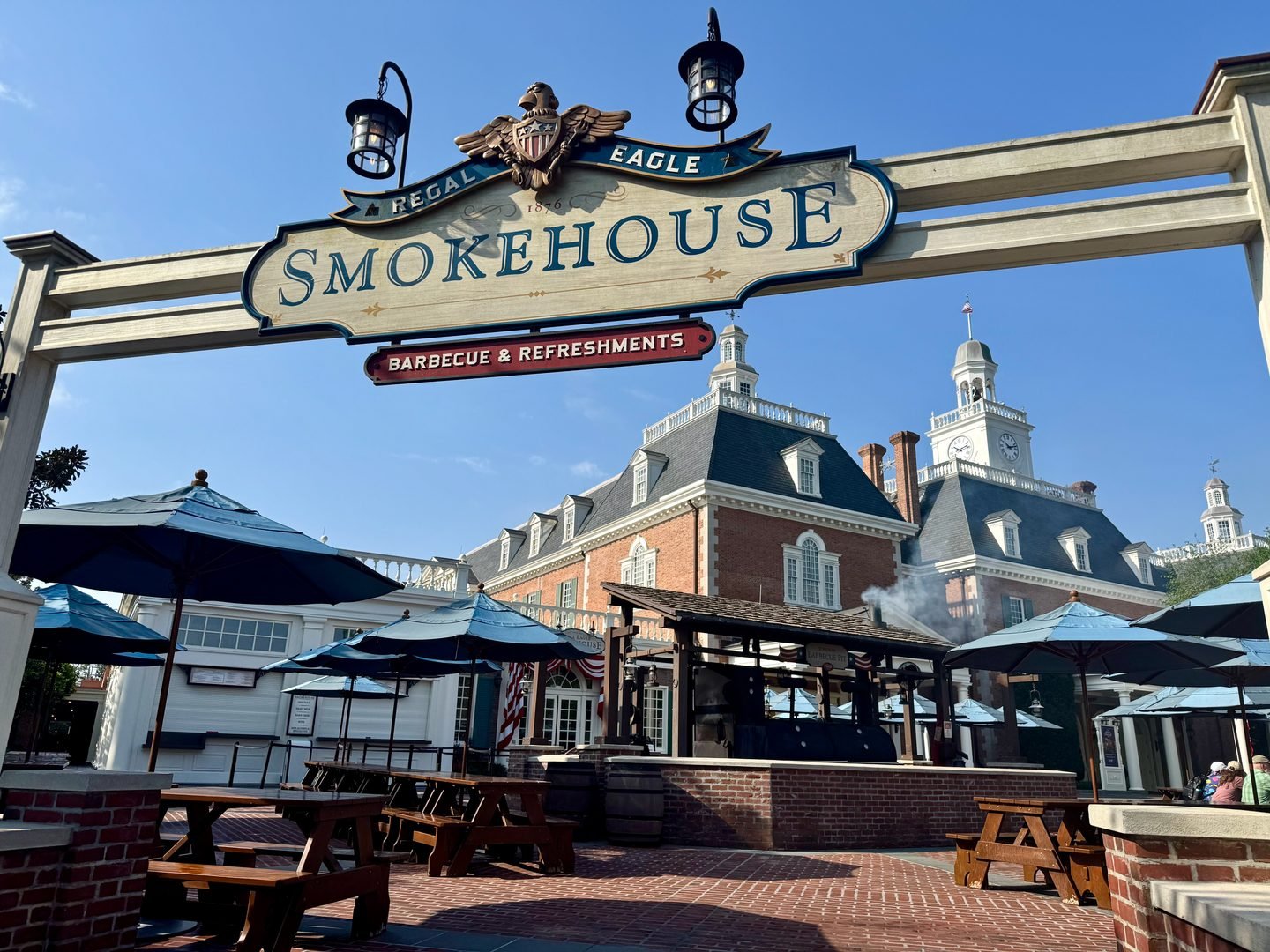
Regal Eagle Smokehouse: Craft Drafts & Barbecue in Epcot. (Photo by Sally French)
Think of the Disney Dining Plan as Walt Disney World's meal voucher system, available only to guests staying at Walt Disney World Resort hotels with ticket plans.
When you book a hotel and ticket package through Disney, you're typically given the option to add on the dining plan. With it, you receive a set number of meals and snacks to use per night of your stay.
Once you've arrived and are ready to order food, you won’t need to pull out your wallet (aside from leaving a gratuity, which is not included). When it's time to pay, flash your Disney Resort ID (which can be a physical key card, your MagicMobile pass or a MagicBand, which is a wearable ticket on your wrist).
Types of Walt Disney World dining plans
There are two types of Disney Dining Plans available in 2025. One is cheaper and only covers counter-service restaurants. The pricier one includes sit-down meals.
Vacation more, spend less. Subscribe to our free newsletter for inspiration, tips, and money-saving strategies – delivered straight to your inbox.
By signing up, you will receive newsletters and promotional content and agree to our Terms of Use and acknowledge the data practices in our Privacy Policy. You may unsubscribe at any time.
Disney Quick-Service Dining Plan
Disney’s Quick-Service Dining Plan is the cheaper option. Here’s what's included:
Two quick-service meals per day.
One snack or non-alcoholic drink per day.
One resort-refillable mug.
Quick-service restaurants at Walt Disney World are better if you want to maximize time for rides and shows, rather than having a slow, relaxing meal where a waiter serves you.
Food quality can vary, and the generic burger, fries and pizza are certainly easy to come by. That said, Disney also makes some excellent food, even at its quick-service restaurants.
Epcot, which is dominated by an area called World Showcase that highlights food, shopping and culture from various countries, stands out for serving food unique to the countries represented in the park. Often, these are dishes that might be tough to find in your hometown. Think sushi and ramen from Katsura Grill in the Japan Pavilion, lychee ice cream from the Lotus Blossom Cafe in the China Pavilion and bratwurst from Sommerfest in the Germany Pavilion.
What does the quick-service meal cover?
Each quick-service meal allows you to choose one entree and a drink off the menu.
With that meal, guests over 21 can choose to pair an alcoholic beverage with their meal. Yes, Disney serves alcohol, with options including beer, cider, wine, sangria, mixed drinks and specialty cocktails.
Folks under 21 can only order nonalcoholic beverages, though it's not just limited to cheap drinks like soda, coffee or tea. You can also choose to order a beverage such as a milkshake, smoothie or hot chocolate.
What does the snack credit cover?
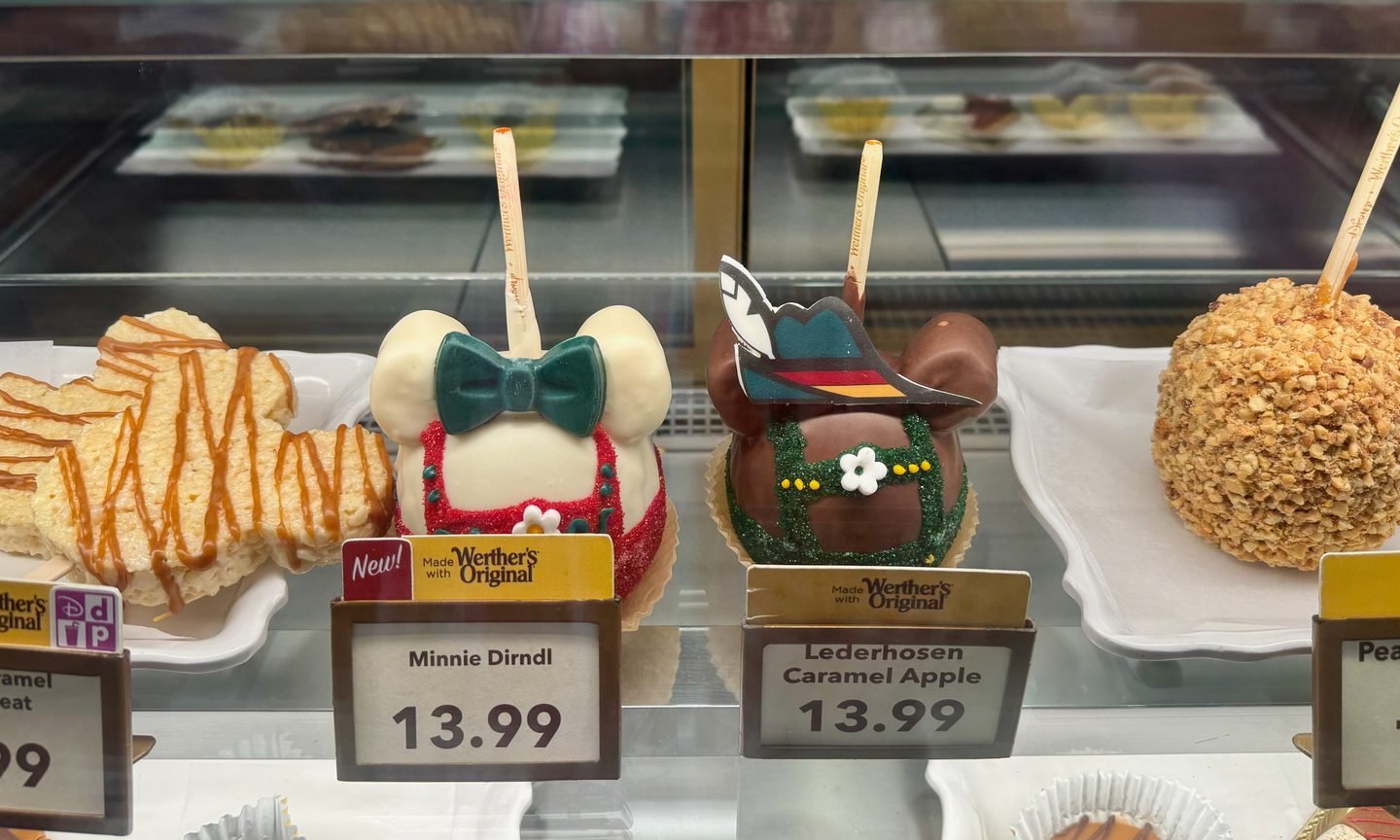
Handcrafted caramel apples from the Germany Pavilion in Epcot. (Photo by Sally French)
You can redeem the snack credit on non-entree items at quick-service restaurants, most outdoor carts (like the churro stand) and even certain merchandise locations.
Note that the snack/non-alcoholic drink credit does not permit alcohol. It does cover many more items though, including:
Frozen ice cream novelty, popsicle or fruit bar.
2 scoops of hand-scooped ice cream.
Popcorn scoop (single-serving box).
Piece of whole fruit.
Single-serve bag of snacks.
20-ounce bottle of soda or water.
20-ounce fountain soft drink.
Single-serve coffee, hot chocolate, hot tea, milk or juice.
Cup of soup.
Add on toppings or sauces (e.g. side of cheese dipping sauce).
Note that it does not cover items that serve more than one (e.g. a jar of peanut butter), items served in souvenir containers (e.g. a souvenir popcorn bucket), special event dining and items that double up as merchandise (e.g. bottle straps).
What is the refillable mug?
The refillable mug can be refilled at self-service beverage stations which include soda fountains and coffee carafes in Walt Disney World Resort hotels, but not at soda fountains inside the parks.
Disney Dining Plan
The traditional Disney Dining Plan is more expensive than the quick-service option and includes a sit-down meal at a Disney World restaurant each day. Here’s what you’ll get with your plan:
One table-service meal per day.
One quick-service meal per day.
One snack or non-alcoholic drink per day.
One refillable mug.
You’ll note a lot of similarities with the Quick-Service Dining Plan, though the substitution of the table-service meal for a second quick-service meal ends up netting you a lot more food.
What does the table-service meal cover?
For table-service meals redeemed at breakfast, you’re entitled to an entree and a drink, or a buffet/family-style meal.
Guests redeeming table-service meal credits for lunch or dinner are also entitled to a dessert.
The benefits of Disney Dining Plan
No more awkward moments deciding who’s paying: You know those group dinners where the check comes out at the end and people either fight over who will grab at it, or otherwise avoid looking at the check so as to not be the one to pay for it? Disney Dining Plan solves that. This can be helpful especially on multigenerational group trips, or trips with friends.
Because Dining Plans are purchased when making your overall reservation, you'll pay for your hotel, Disney tickets and food all in one go. That should make the issue of splitting the bill much easier.
Budgeting is simpler: For Disney vacationers who budget every line item down to each churro, budgeting for a Disney trip can be tricky. You might not know how hungry you'll get (after all, Disney can entail more walking than you're used to). Each restaurant has its own costs, and knowing which restaurants you'll dine at (and how much you'll spend at them) can require high levels of planning. If you prefer to know upfront how much money you'll spend on food, a dining plan is the way.
You can save money with careful planning: The dining plan gives you meal credits, which you can use at eligible restaurants. Maximize the value of each credit by spending them at more expensive restaurants or on pricier entrees (think steak over the vegetarian meal) or drinks (think alcohol over soda).
The best Disney restaurants for the Disney Dining Plan often book up well in advance, so make reservations early.
Always do the math before purchase to figure out whether Disney Dining Plans will save you money. NerdWallet estimates Disney World food costs at about $19 to $93 per person per day, depending on the level of service.
Credits rollover throughout your trip and are easy to track: You don't have to do exactly two meals and eat exactly one snack a day. Unused meals and snacks roll over day to day. Just note that they expire at midnight on your checkout day.
Tracking how many credits you have left is easy. If you have a dining plan, view your meal and snack credit balance in the My Disney Experience app. It's also printed on your dining receipts.
The drawbacks of Disney Dining Plan
You might lose money: Just as you can use the meal credits to save money, poor use of them can also lose you money. If you don't think you'll use your credits efficiently, you might be better off paying a la carte.
For example, cheaper snacks like bottled water tend to be a poor redemption of your snack credit.
Some of the fanciest meals, such as Be Our Guest Restaurant at Magic Kingdom Park and Hoop-Dee-Doo Musical Revue at The Campsites at Disney's Fort Wilderness Resort, require you to plunk down two meal credits for a single meal, which also tends to be a bad use of your credits.
It can be too much food: Some travelers have said that the dining plan leaves them with too much food, with many ending their trip with tons of unused snack credits. These either go to waste, or travelers end up spending them on souvenirs like prepackaged Rice Krispy treats to bring home that they wouldn't have bought otherwise.
Meal structures can be limiting: If you get the Quick-Service Dining Plan, you're locked into fast food-type meals only. That might be fine for most travelers, but if you want one or two fancy meals, you'd have to pay out of pocket for those.
On the flip side, the traditional Disney Dining Plan gives you one table-service and one quick-service meal each day. If you want to spend your time on rides instead of waiting for a waiter, it can be frustrating to be locked into a sit-down meal when you just want to grab and go.
Gratuities are not included: There is one thing you do have to budget for separately, and that's gratuities. Tips are not included with the Disney Dining Plan, except at a couple spots including Hoop-Dee-Doo Musical Revue and Cinderella’s Royal Table.
If you're dining in a party of six or more, an 18% gratuity is automatically added.
Who is eligible for the Disney Dining Plan?
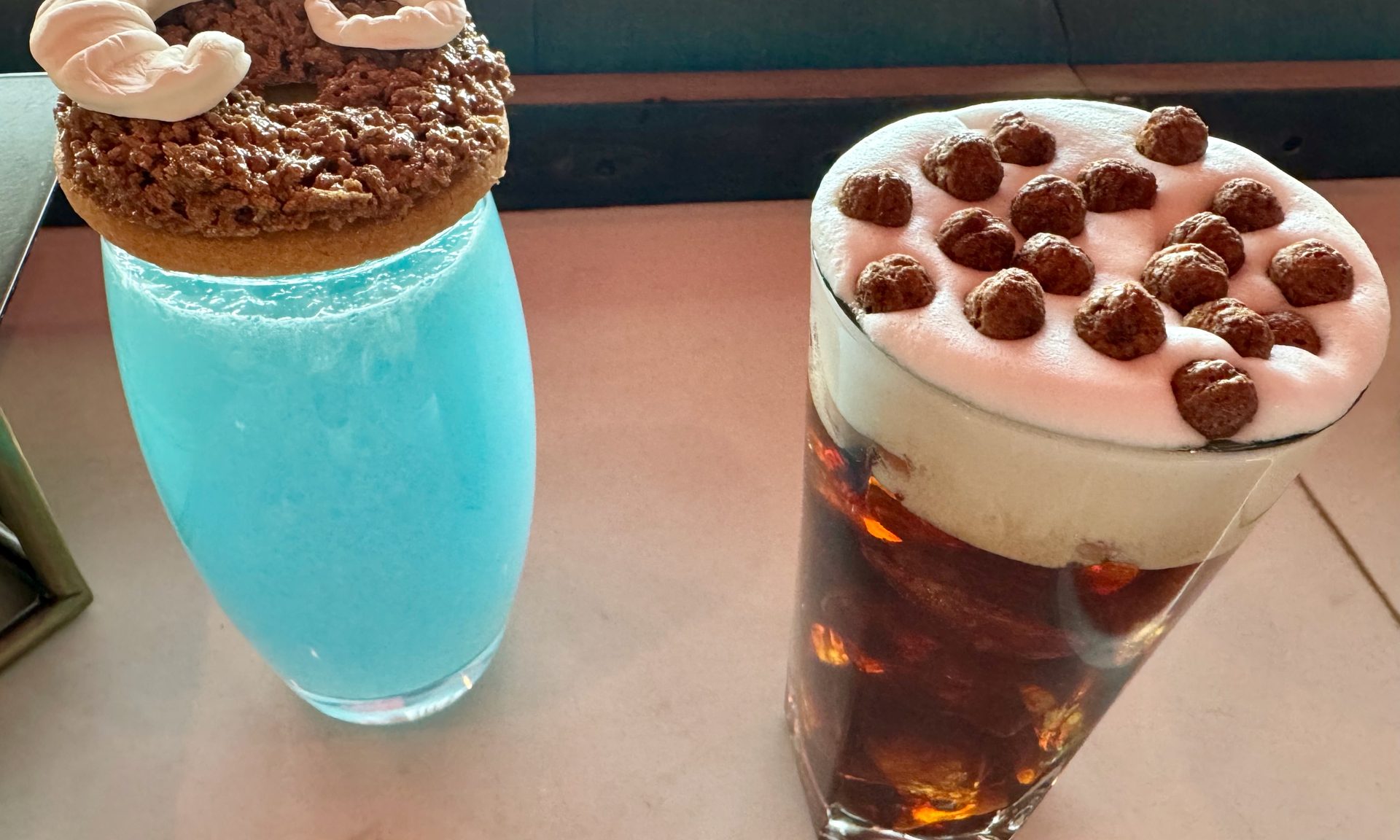
Blue milk and a bantha cookie (left) served at Oga's Cantina plus Cold Brew Black Caf (right) served at Kat Saka's Kettle, both in Disney's Hollywood Studios. (Photo by Sally French)
In order to be eligible for the Disney Dining Plan, you’ll need to stay at a Walt Disney World Resort property.
Maximizing Disney Dining Plans
Skip breakfast for table-service redemptions
If you redeem your table-service credit at lunch or dinner then you get dessert. However, you don't get dessert if you redeem it for breakfast. Travelers with a sweet tooth or who are trying to squeeze every last dollar of value should save their table-service credits for lunch or dinner.
Skip two-credit meals
Although the Disney Dining Plan includes one table service credit per day, the fanciest restaurants and experiences actually cost you two credits in a single sitting.
This includes the Be Our Guest restaurant at dinner, some character meals, dinner shows, in-room dining at Disney’s Grand Floridian Resort and Spa, and many different fine dining spots.
These meals do indeed cost more than standard table-service meals, but not 2x more. Skip these if you’re looking to maximize your plan's value.
Snack wisely
Don’t waste snack credits on bottled water. Use them for treats like Mickey-shaped pretzels or at Epcot's World Showcase, where you'll find bubble tea or bakery items at the France Pavilion's Les Halles Boulangerie.
If you do end up with leftover snack credits, stock up on packaged snacks like giant lollipops, prepackaged macarons from Les Halles Boulangerie and caramel corn from the Germany Pavilion before you leave.
Pick up pizzas
Several Walt Disney World resorts allow you to pick up pizzas from their quick-service restaurants. Although you’ll be charged two quick-service credits for a large pizza, you’ll also receive two drinks with your order.
A large pizza can easily feed two to three and can also stretch to feed a family with children (especially if you combine it with a snack). This can be a great way to squeeze extra value out those quick-service credits.
» Learn more: Perks of staying at a Disney resort
Order the priciest food and drinks
This one should go without saying, but order the priciest entree on the menu. At Tiffins in Disney's Animal Kingdom, the $36 vegetarian noodles costs the same table-service dining credit as the $69 surf and turf.
Likewise, the $18.50 Centinela Reposado Tequila at La Cantina de San Angel qualifies for the same drink redemption on a counter-service dining plan as a $4.75 fountain beverage (assuming you're at least 21 years old). If you're underage or just not drinking, at least cash it in on the $6 Cantina Slushy to get a little more value.
Is the Disney Dining Plan Worth It?
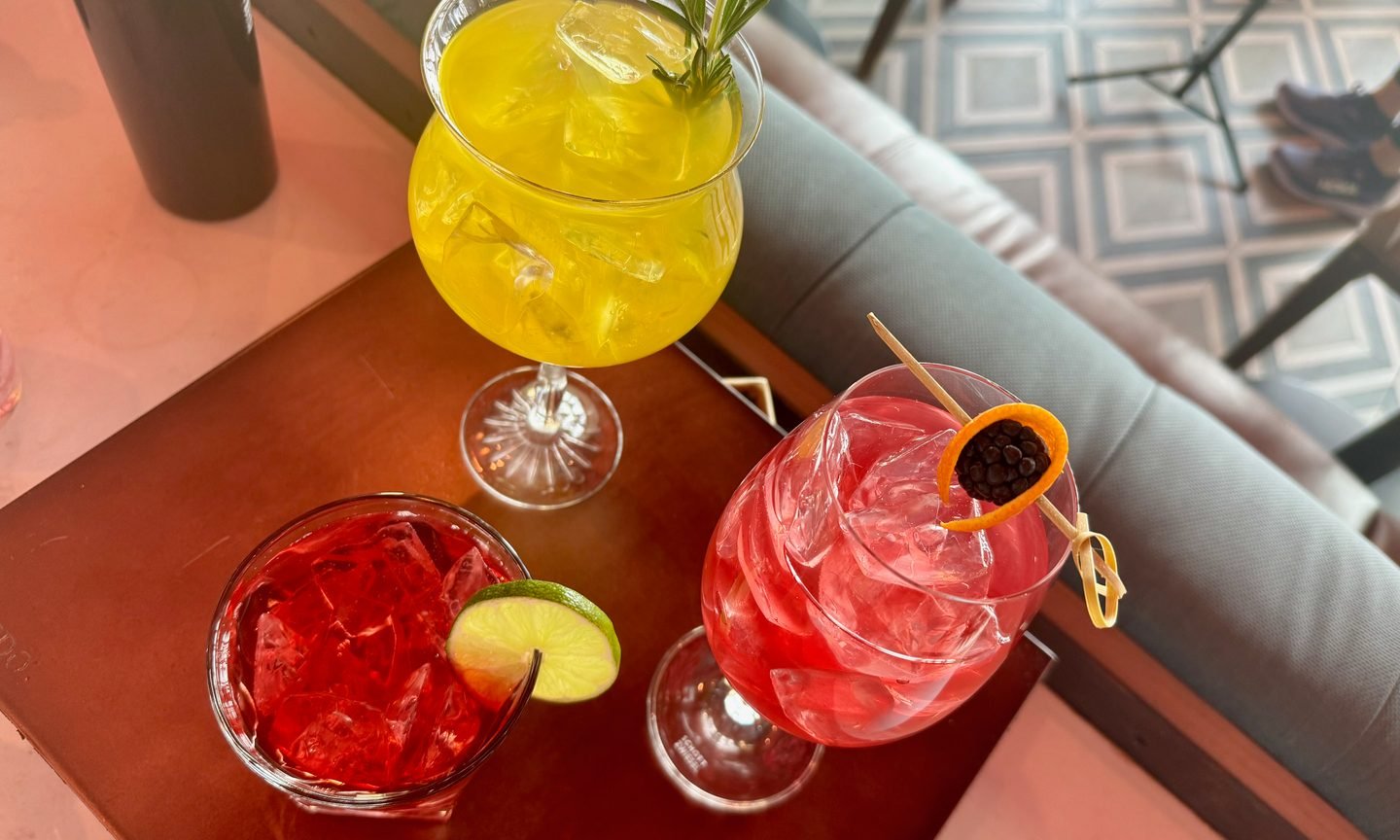
(Photo by Sally French)
It depends on your travel and dining style. If you use your credits smartly — and eat the kind of meals the plan includes — you can come out ahead.
Generally speaking, you should go for the dining plan if you check all or most of the following boxes. You:
Drink alcohol (assuming you're on the adult version of the plan).
Eat meat.
Order dessert with every sit-down meal.
Are willing to plan in advance and make reservations for sit-down meals.
If you don't check most of those boxes, it might not be worth it for you.
What about the 2025 free Disney Dining Plan deal?
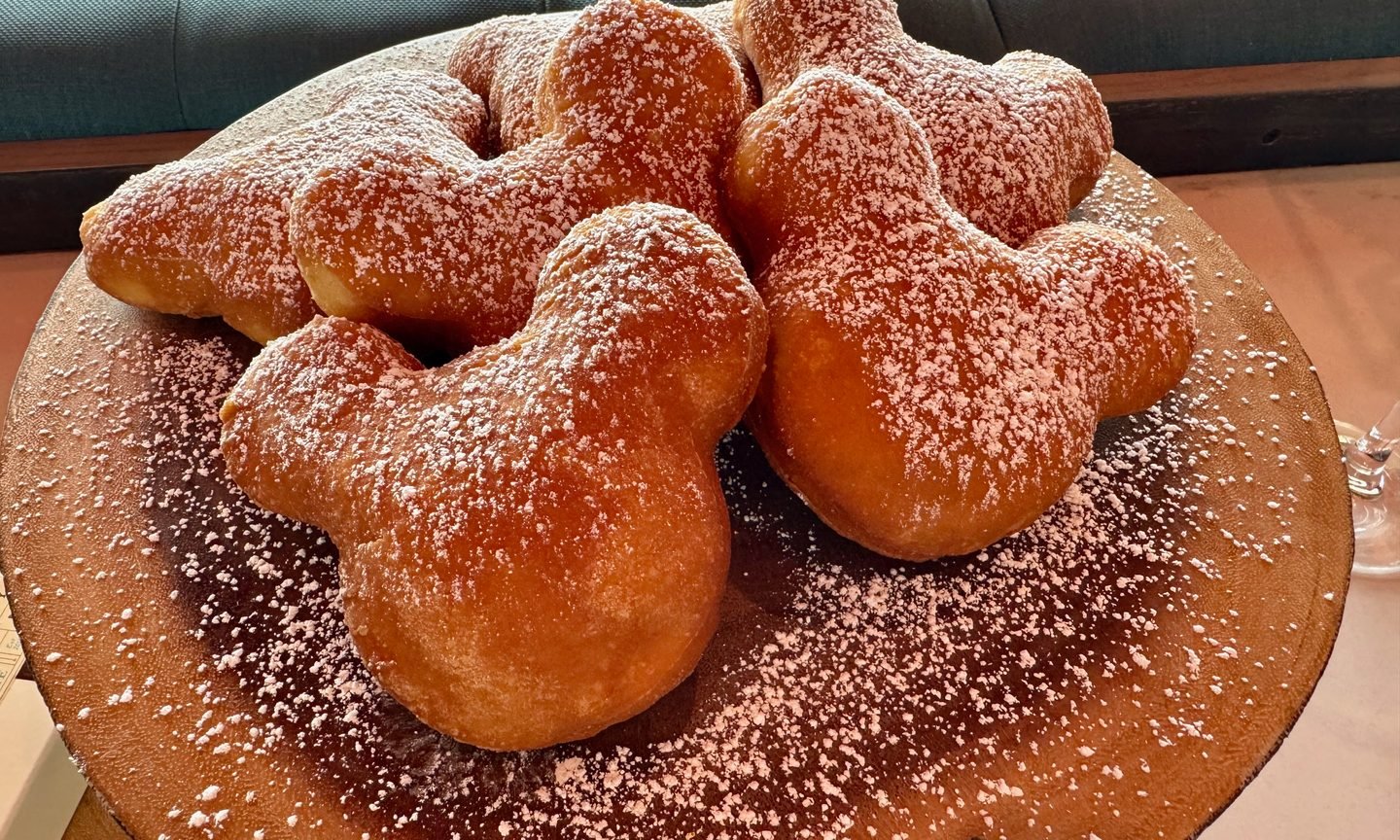
Mickey-shaped beignets from Scat Cat's Club Cafe at Disney's Port Orleans Riverside Resort. (Photo by Sally French)
Don't automatically assume the Disney Dining Plan ticket deal is the cheapest way to go to Walt Disney World.
To qualify for the free Disney Dining Plan, you must stay four nights or more, purchase Park Hopper tickets and stay on eligible nights. That already may make you ineligible. For many people, NerdWallet believes Park Hopper tickets are not worth the added cost. You might not stay for four nights, or the eligible nights might not work for your dates.
And most importantly, you only get it if you book a non-discounted 4-night, 4-day (or longer) package. But here's the thing: There are tons of other great discounted ticket packages. Many are offered through membership programs such as Costco Travel.
Even Disney itself runs its own package deals (and you can't double up on a free dining plan with a separate package) that might be better for your circumstances.
For example, NerdWallet looked at a 4-night stay in July at Disney's All-Star Music Resort for two adults and no children, which includes a 5-Day ticket with Park Hopper option. That package goes for $2,567.
But then there's another 4-night package that includes 3-days of park tickets (excluding Magic Kingdom) and no dining plan, for just $1,639.02. If you're staying four nights, you might find five days of theme park tickets exhausting, especially given there's so many free and cheap things to do at Walt Disney World.
That's almost $1,000 less. Sure, you forego two days of park tickets per person and the food isn't included. But if you were only going to be in the parks three days anyway for a 4-night stay (which is completely reasonable) and you're the kind of person who just doesn't eat that much (and is fine noshing on protein bars and peanuts packed from home as a snack) then consider whether you'd really spend that much money on food.
Whether or not you break even on its value though, many travelers love the peace of mind of the Disney Dining Plan. No price shock after lunch. No hangry debates about whether to splurge on the lobster mac. Just tap your MagicBand or park ticket and order.
How to maximize your rewards
You want a travel credit card that prioritizes what’s important to you. Here are some of the best travel credit cards of 2025:
Flexibility, point transfers and a large bonus: Chase Sapphire Preferred® Card
No annual fee: Wells Fargo Autograph® Card
Flat-rate travel rewards: Capital One Venture Rewards Credit Card
Bonus travel rewards and high-end perks: Chase Sapphire Reserve®
Luxury perks: American Express Platinum Card®
Business travelers: Ink Business Preferred® Credit Card
Table of Contents



